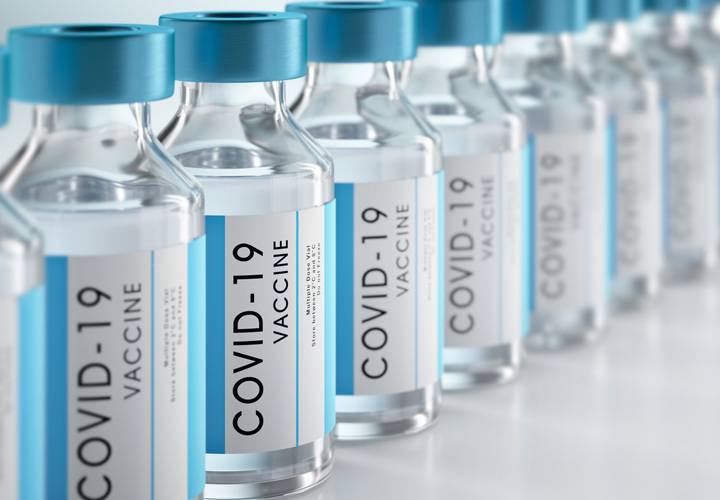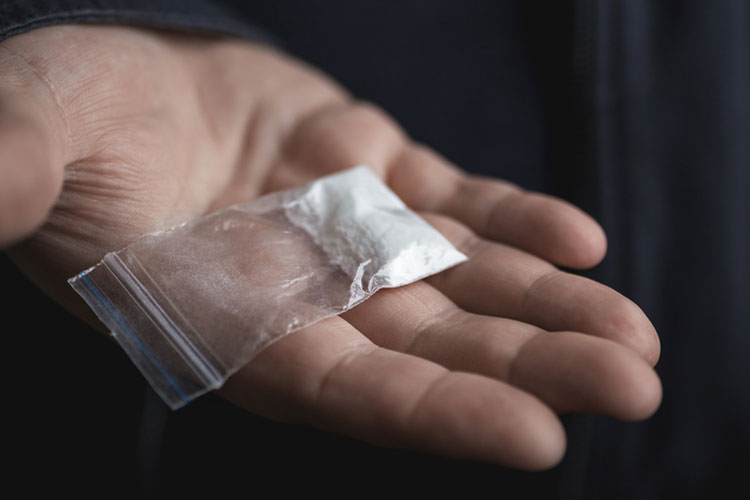
The prolonged wait for a vaccine that can save humanity from the dreadful COVID-19 is finally over. Since the rapid spread of the infectious disease across the globe that was causing the death of millions of people, scientists were racing day and night to find an effective vaccine.
According to the World Health Organization, at least 7 vaccines are already rolled out in different countries as of 18 February 2021. At present, the highest priority is to vaccinate the vulnerable population.
Meanwhile, also over 200 more candidates are developing COVID-19 vaccines. Of these, over 60 are now in the clinical development phase. With millions of people already receiving a dose of the COVID-19 vaccine, let us understand the science behind these vaccines.
Triggers an Immune Response
Whenever a pathogen makes an entry into the body, the defense mechanism of the body gets triggered. This defense mechanism is also called the immune system. As a result, antibodies attack that pathogen and either destroy or overcome the same. Antibodies produced to save the body from one pathogen generally do not protect another pathogen.
However, antibodies offer protection when both the pathogens are somewhat identical, like cousins. Here, it is vital to understand that pathogens are disease-causing organisms and antibodies are produced or formed within the body by the subpart of a pathogen called an antigen.
Once the body effectively produces antibodies as its response to an antigen, our body also produces memory cells. These cells remain alive long after antibodies have defeated the pathogen.
So, when the exposure to the pathogen is more than once, the response of antibodies becomes much faster and effective as memory cells play their role, and antibodies are produced in large numbers to deal with the pathogen.
Here, it is vital to know that although vaccines successfully trigger the immune response, our body may need multiple doses at a gap of some days, weeks, or even months. This is essential for the development of memory cells and the production of antibodies for a reasonably long period so that the body can be trained to fight the pathogens.
What do COVID-19 vaccines contain?
Since there are different covid-19 vaccines, their approach of fighting the infectious disease also differs significantly. Some vaccines like Covaxin developed in India contain the genetic material of Coronavirus (SARS-CoV-2 virus spike protein).
Here, the Covaxin can be safely termed as an inactivated vaccine. Here, the genetic material of coronavirus present within the vaccine is incapable of replicating itself or infecting the person to whom it has been administered it has been inactivated by using heat, radiation, or chemicals.
It has already proved useful as it helps the body’s immune system recognize the virus so that an immune response can be produced whenever there is a coronavirus exposure. Other vaccines, such as Sputnik V indigenously developed by Russia, contain a live but weakened version of the SARS-CoV-2 virus and the common cold virus.
Here, the common cold virus acts as a carrier and delivers a tiny fragment of the live coronavirus into the body. As a result, the body recognizes the same as a threat and eventually learns to combat it without any risk of becoming ill. The Oxford-AstraZeneca vaccine now authorized to use in European Union countries also works in the same way.
In short, the science behind the COVID-19 vaccine is not that complex as it seems. However, it is vital to keep the pricing affordable so that these vaccines can reach the maximum number of people to fight COVID-19.
RELATED ARTICLES
Recent Posts
- Major Theft Ring Busted: Over $200,000 in Stolen Lego Sets Recovered in Eugene, Oregon
- Judge Denies Texas’ Bid to Shut Down Migrant Shelter Network in El Paso
- Single Mother in Memphis Seeks Help for Troubled Son Amid Rising Concerns
- California’s Proposition 47 Reform Sparks Intense Political Debate Over Public Safety
- U.S. Man’s Social Security Benefits Denied Over Citizenship Confusion
Categories
Our Supporters
Gold Supporters
Christopher Simon – Atlanta Truck Accident Lawyer
Skiver Law Firm – Phoenix Truck Accident Lawyer
Winer, Burritt & Scott, LLP – Los Angeles Clergy Abuse Law Firm
Michael E. Fenimore P.A. – Pensacola Car Accident Lawyer
Pillsbury & Coleman, LLP – San Mateo Long Term Disability Lawyer
The Law Office of Randall J. Wolfe, P.C. – Oregon City Personal Injury Lawyer
Davies Hothem Injury Law – Buford, GA Car Accident Attorney
Houston Federal Criminal Defense Attorney
Darrow Law Firm – Houston Federal Crime Lawyer
Kansas City Personal Injury Lawyer
Atlanta Truck Accident Attorney
Aitken *Aitken* Cohn Trial Lawyers – Santa Ana Personal Injury Attorneys
Dawson Law Group- Portland Personal Injury Attorneys
CT Mediation Center- New Haven Family Law Attorney
Little Rock Personal Injury Lawyer
Katy Car Accident Lawyer
Franklin Divorce Attorney
Palermo Law- Long Island Personal Injury Lawyer
Dan Rose – San Francisco Car Accident Attorney
Taylor Siemens – Liberty, MO Personal Injury Attorneys
Pfeifer Law Firm – Little Rock Car Accident Lawyer
Walkup, Melodia, Kelly & Schoenberger – San Jose Car Accident Attorney
Solomon, Dwiggins, Freer & Steadman – Las Vegas Business Litigation Lawyer
Roane Law – Asheboro NC Car Accident Lawyer
Dorsch Law Firm – Overland Park Estate Planning Attorney
The Tennessee Sledgehammer – Hermitage, TN Car Accident Lawyer
Cook Law Group – Gainesville, GA Car Accident Lawyer
Simon Bridgers Spires – Atlanta Personal Injury Lawyer
Injury Law Associates – Kansas City Motorcycle Accident Lawyer
Potts & Potts – Honolulu Personal Injury Attorney


